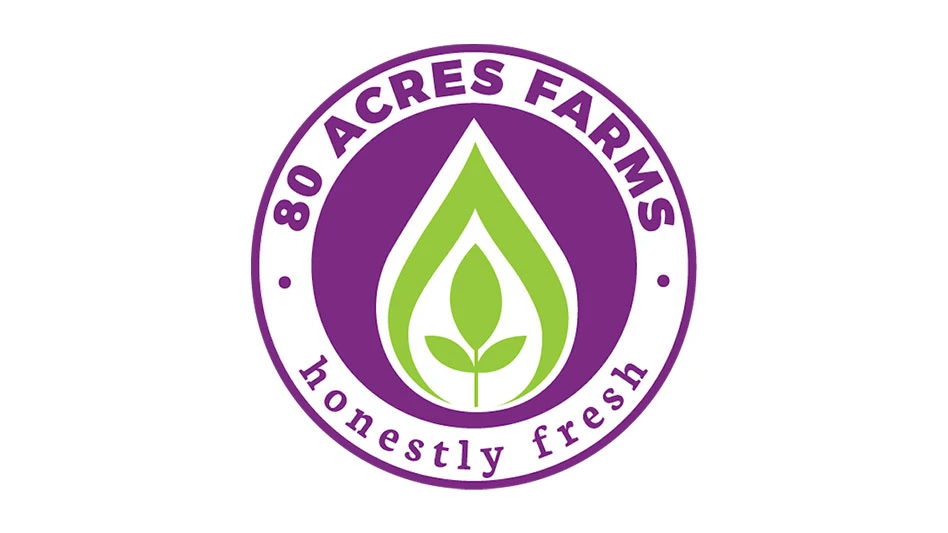
 Produce Grower magazine’s staff spoke with Mary Hausbeck, professor and extension specialist at Michigan State University, about sanitation issues for greenhouse growers of edibles. Hausbeck specializes in disease management, disease predictors and reducing fungicide use in greenhouses. Here's what she had to say about greenhouse sanitation and preparing a facility for edible production.
Produce Grower magazine’s staff spoke with Mary Hausbeck, professor and extension specialist at Michigan State University, about sanitation issues for greenhouse growers of edibles. Hausbeck specializes in disease management, disease predictors and reducing fungicide use in greenhouses. Here's what she had to say about greenhouse sanitation and preparing a facility for edible production.
Produce Grower: What are the biggest sanitation concerns for greenhouse growers this time of year? What steps can they take to assuage those concerns?
Mary Hausbeck: It is very important that all plants and plant debris are removed from the greenhouse and, subsequently, from the property. Ideally, plants should not be held over as they may harbor pests that will cause problems for new plant material. Basically, the longer that a plant is in the greenhouse, the more likely that it will "accumulate" pest problems. Some of these pest problems may be not obvious initially but the holdover plants can serve as a reservoir of problems. It is best to remove all plants and ensure that you're starting as clean as possible.
PG: For growers making the switch from producing only ornamentals to also growing edibles, are there sanitation considerations they need to be aware of?
MH: It's important to think about vegetable production in the field and the overlap with the greenhouse production of vegetables. There are some serious disease problems that can become established in the field and then be transported into the greenhouse via air currents or insects. Even when field production is completed, the disease problems that have been brought into the greenhouse can thrive and survive on plants in the greenhouse. Because greenhouse growers of vegetables have relatively few plant protection tools, it can be a major struggle to limit fast moving diseases. This time of year I would be concerned about Botrytis, Powdery Mildew and Downy Mildew.
PG: What can growers do to prevent diseases and reduce their use of fungicides?
MH: Reusing plug trays, flats, or other plant containers is a huge contributor to carrying root rot pathogens from crop to crop. Microscopic plant pathogens can be harbored in tiny particles of soil and root pieces that have been left behind on the trays. If growers are committed to re-using these containers, then they will need to be committed to a rigorous process of cleaning the flats. If there is a disease outbreak, I recommend that the pots/flats from the diseased plants be disposed of.
PG: In their downtime, what can growers be doing to keep their greenhouse safe and clean?
MH: Growers need to stay on top of weed control and limit any potential movement of soil into the greenhouse.
PG: Are there any seasonal sanitation considerations as we move from fall into winter?
MH: In some areas of the country, the fall weather is conducive to foliar diseases, especially mildews and Botrytis because of the warm days and cool nights. Once winter temperatures become the norm, the outward symptoms of the disease may no longer be evident but the pathogen can still be alive within the tissue of the plants and ready to surge again when the weather is favorable.
PG: What can growers do to prevent these diseases?
MH: The best approach to these diseases is to reduce relative humidity so that condensation doesn't form on the plant surfaces. This can be achieved through air movement, purging humid air, and heating (if temperatures allow) by a degree or two to reduce the relative humidity.
PG: What are some of the overlooked sanitation issues in greenhouse edible production?
MH: Removing and destroying diseased foliage and plants on a frequent basis is very important to slowing pathogen spread. Diseased foliage can serve as the food source for the pathogen to reproduce via "spores" which can then be moved via air currents to nearby healthy plants.

Explore the October 2014 Issue
Check out more from this issue and find your next story to read.
Latest from Produce Grower
- The Growth Industry Episode 3: Across the Pond with Neville Stein
- University of Evansville launches 'We Grow Aces!' to tackle food insecurity with anu, eko Solutions
- Lawsuit challenges new H-2 visa rules
- Q&A: Sandra Eskin Leads Food Safety Advocacy Organization, STOP, as CEO
- Find out what's in FMI's Power of Produce 2025 report
- Martin A. Makary Sworn in as FDA Commissioner
- PG CEA HERB Part 2: Analyzing basil nutrient disorders
- LettUs Grow, KG Systems partner on Advanced Aeroponics technology





